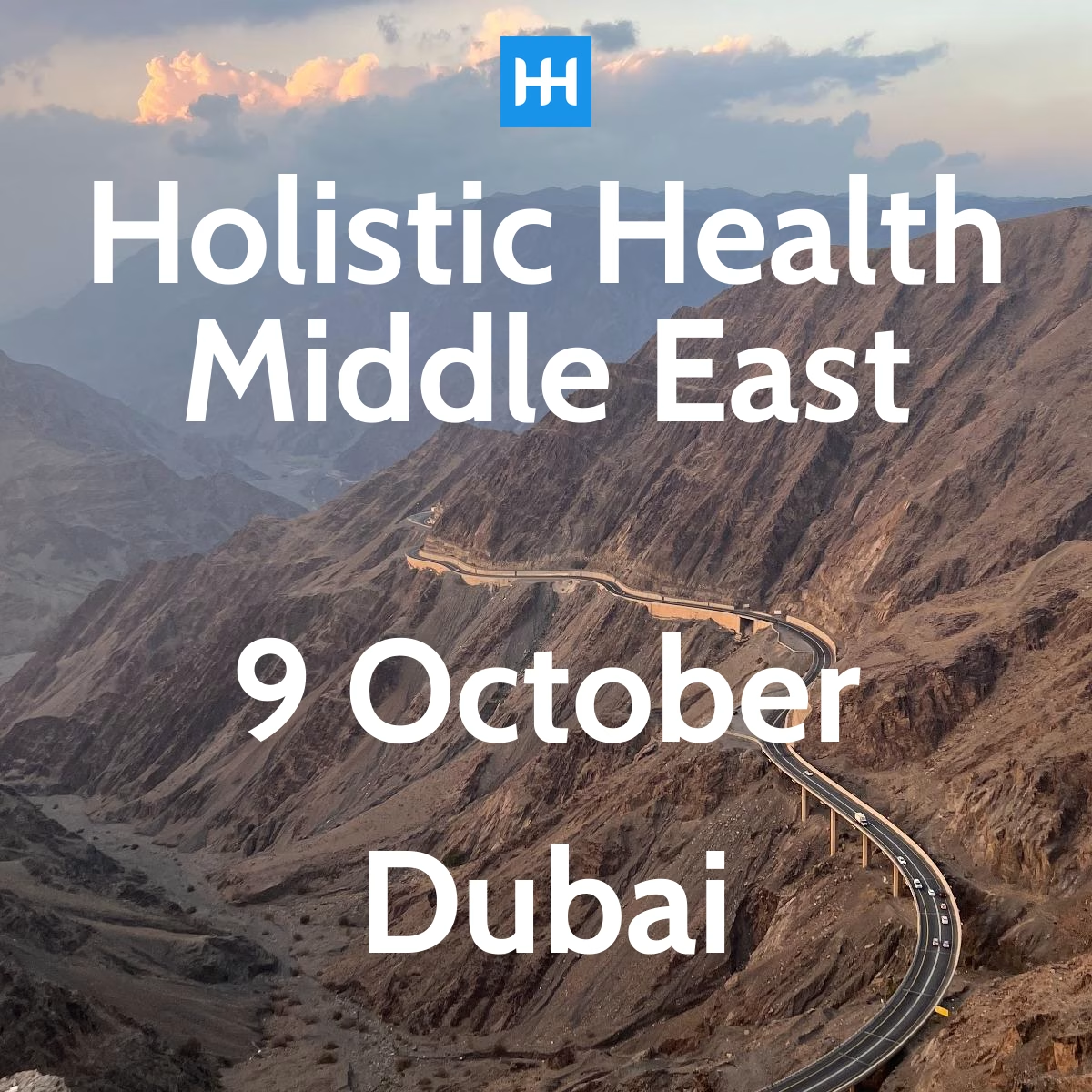Africa- December 2023- The World Health Organization (WHO) has taken a key step in recognizing and addressing a longstanding global health issue by officially including noma (cancrum oris or gangrenous stomatitis) in its list of neglected tropical diseases (NTDs). This move, backed by the 17th meeting of the Strategic and Technical Advisory Group for Neglected Tropical Diseases (STAG-NTD), underlines WHO’s commitment to extending healthcare services to vulnerable populations worldwide.
Noma, a severe gangrenous disease impacting the mouth and face, primarily targets malnourished children aged 2 to 6 in regions grappling with extreme poverty. Starting as gum inflammation, untreated noma swiftly spreads, leading to the destruction of facial tissues and bones, often resulting in fatal outcomes and severe disfigurement for survivors.
Accurately estimating noma cases proves challenging due to its rapid progression and associated stigma, leaving many cases undiagnosed. While predominantly found in sub-Saharan Africa, cases have also been reported in the Americas and Asia.
Evidence suggests noma is caused by bacteria in the mouth, with risk factors including poor oral hygiene, malnutrition, weakened immune systems, infections, and extreme poverty. Although not contagious, noma tends to strike when the body’s defenses are compromised. Early detection is crucial, with the most effective treatment occurring during the early stages, characterized by acute necrotizing gingivitis. Treatment involves antibiotics, oral hygiene improvement practices, and nutritional supplements. Timely intervention can lead to proper wound healing, but severe cases may require surgery, impacting a child’s eating and speaking abilities, often necessitating reconstructive surgery.
“Noma is more than a disease, it is a social marker of extreme poverty and malnutrition, affecting the most vulnerable populations,” said Dr Tedros Adhanom Ghebreyesus, WHO Director-General. “By classifying noma as a neglected tropical disease, we are shining a light on a condition that has afflicted marginalized communities for centuries. We are committed to working with affected countries and communities to address the drivers of noma, and alleviate the suffering it causes.”
The official recognition of noma as an NTD aims to raise global awareness, stimulate research, secure funding, and enhance efforts to control the disease through multisectoral approaches, contributing to universal health coverage by targeting underserved populations. The Government of Nigeria led the charge to include noma in the list of NTDs, supported by 32 Member States. The formal process, established in 2016, adds noma to WHO’s NTD list, which now includes 21 diseases or groups of diseases, reaffirming the commitment to combat health challenges in the most vulnerable communities.



















